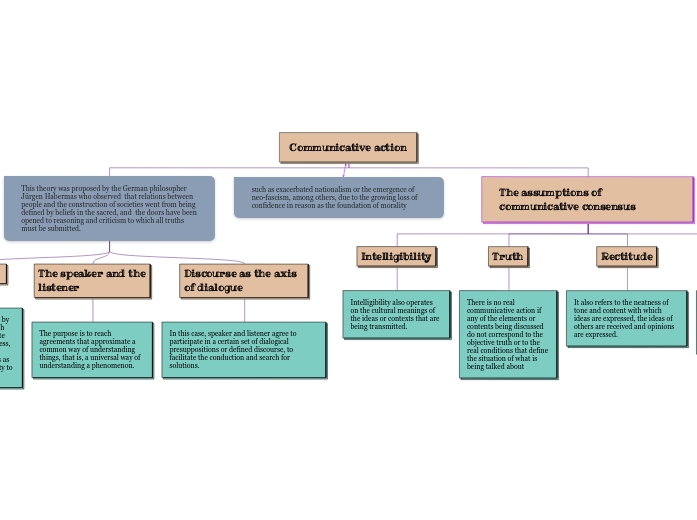Communicative action
This theory was proposed by the German philosopher Jürgen Habermas who observed that relations between people and the construction of societies went from being defined by beliefs in the sacred, and the doors have been opened to reasoning and criticism to which all truths must be submitted.
The media
The media, supported by the technology through which they disseminate their contents (TV, press, radio, ICT) have positioned themselves as the only way for society to access information.
The speaker and the listener
The purpose is to reach agreements that approximate a common way of understanding things, that is, a universal way of understanding a phenomenon.
Discourse as the axis of dialogue
In this case, speaker and listener agree to participate in a certain set of dialogical presuppositions or defined discourse, to facilitate the conduction and search for solutions.
The assumptions of communicative consensus
Intelligibility
Intelligibility also operates on the cultural meanings of the ideas or contexts that are being transmitted.
Truth
There is no real communicative action if any of the elements or contents being discussed do not correspond to the objective truth or to the real conditions that define the situation of what is being talked about
Rectitude
It also refers to the neatness of tone and content with which ideas are expressed, the ideas of others are received and opinions are expressed.
Veracity
These four assumptions are what give validity to the acts of communication which, for Habermas, are the essential link that the community must apprehend in order to found a valid morality that guides the construction of society.
